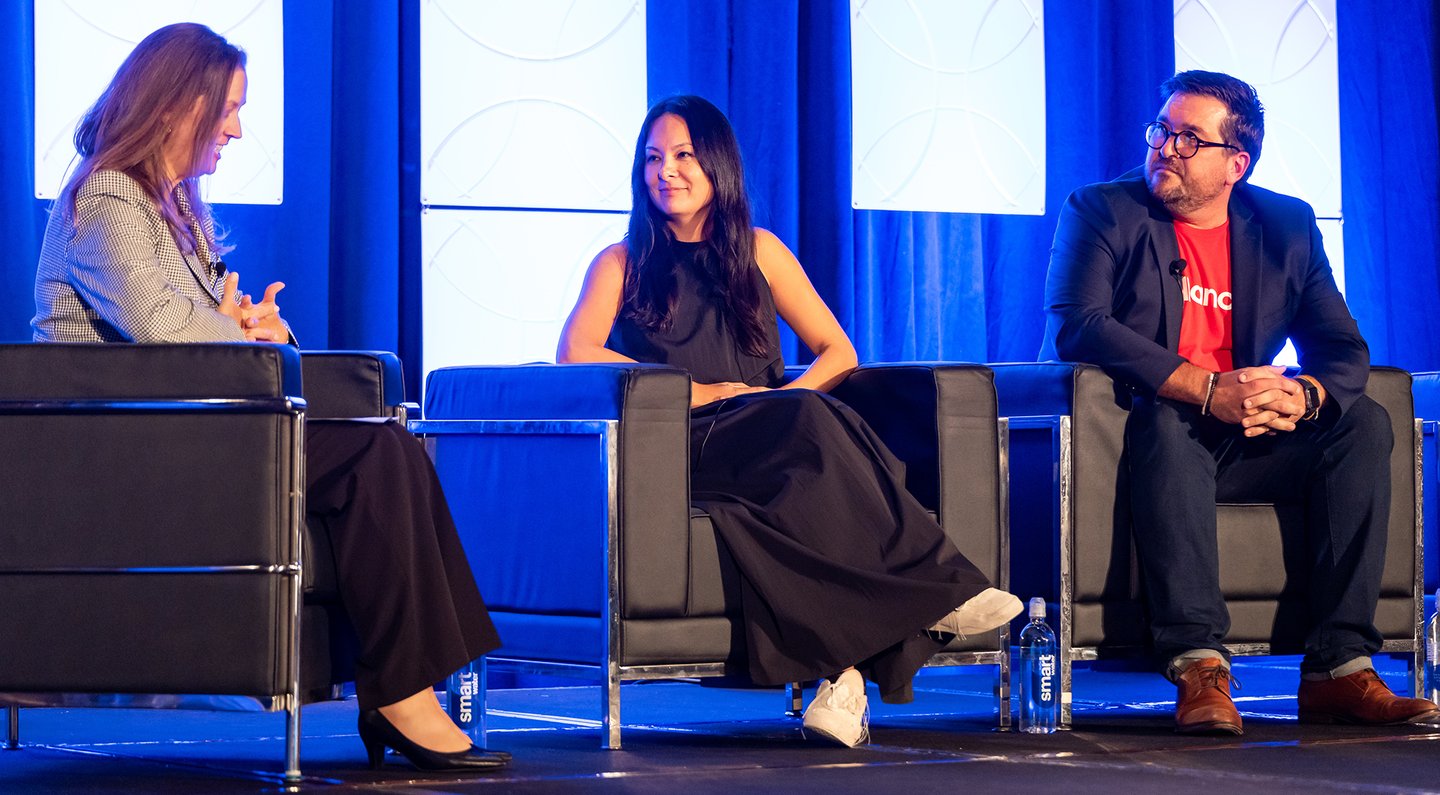For Kellanova & Nanit, Collaborative Commerce Unlocks New Opportunities
As the post-pandemic retail landscape continues to morph, consumer goods companies must think more creatively than ever to keep both their consumers engaged and their retail partners satisfied across all channels.
While myriad obstacles abound, those finding success in the evolving environment are doing so thanks to both internal and external innovation via collaborative partnerships.
“We're all consumers ourselves,” said Quynh Dang, Nanit VP of brand, at the Consumer Goods Sales & Marketing Summit in Austin, TX, last week. “We've felt it, and we're spending differently as a result. It's really the brands who did rise up and the retailers [and] the spaces that have continued to succeed that really offer something unique.”
Panelists acknowledged a holistic approach is required for manufacturers to thrive in today’s economic environment, with collaboration and communication between channels key to the approach. For Kellanova (formerly Kellogg Company), this has meant merging their shopper marketing and ecommerce functions in order to better deliver more seamless experiences for consumers and retail customers.
In explaining how they bring these brand priorities to life, TJ Hanel, director of omni e-commerce demand and platform lead, described it as a layer approach in pursuit of a middle ground.
“We play a middle ground where we balance the customer priorities in regards to overall consumer communication and try to thread that needle — where we're offering something to the customer that they're excited about [and] can get behind, but at the same time making sure that we're providing consistent consumer communication that ties back to the brand priorities from a quarterly point of view,” he said.
Shifting Challenges, Shifting Opportunities
The transition to and growth of digital marketplaces has not come without its challenges — both internally and externally.
Dang said developing a personal relationship with shoppers is essential to any successful brick-and-mortar chain. Babylist, which Dang championed as “the No. 1 universal baby registry,” has only been growing since their partnership with Nanit, with the retailer even opening a retail location in Los Angeles after a decade of strictly e-commerce service.
- Related Research: Where Manufacturers Are Investing In Sales & Marketing Technology
“As they were going out there and trying new things, testing into pop-ups, experiences, different ways to capture an audience, we were right there alongside them ideating and investing,” Dang said. “We really prioritize the nurturing of these relationships and investing in their future growth because we know it's our future growth as well.”
Listen: Kellogg’s Manish Sharma On the Evolution to Omnicommerce
Relationships with third-party services like DoorDash, Shipt, and Instacarts are in turn demonstrating new value to retailers as they bring in those Gen Z consumers, and both retailer and manufacturer attitudes toward these services are shifting toward a recognition of their mutual value, according to Hanel. What’s more, many of the methods that these services bring in terms of growing partnership engagement are additionally beneficial.
“The way they engage in trying to grow the partnership is truly at a higher level relative to sharing back insights, sharing back overall capabilities, and what's evolving within their structure to help drive greater growth for both platforms,” he noted.
Future Outlook
Although the ever-increasing adoption of digital services has presented challenges for retailers, both Hanel and Dang were bullish on the future of retail that exists in consumers embracing e-commerce while continuing to engage with in-store offerings.
“We're living digital lives. We wake up in the morning and check-in digitally before we check-in physically. We're checking our phones before we even get out of bed and engage with the physical world,” Dang said. “That’s the mindset. That’s the behavior. … I know that we feel a lot of doom and gloom around that, certainly, in many ways. But at the same time, what I love about it is that innovation oftentimes presents a lot more opportunities than it does negative impact.”
“We know that 80% of our consumers that order through pickup are also taking a trip in-store to get the other items that they forgot, or maybe that they didn't feel comfortable buying online,” said Hanel. “Unlocking the value of the omni-consumer through the online touch points and the in-store touch points is just such a unique opportunity to really further engage and drive baskets with consumers as they're making these new transitions.”







